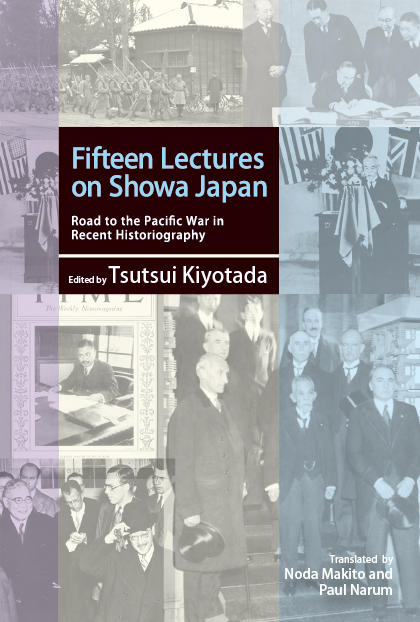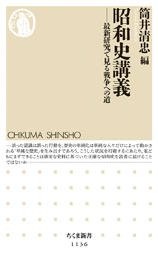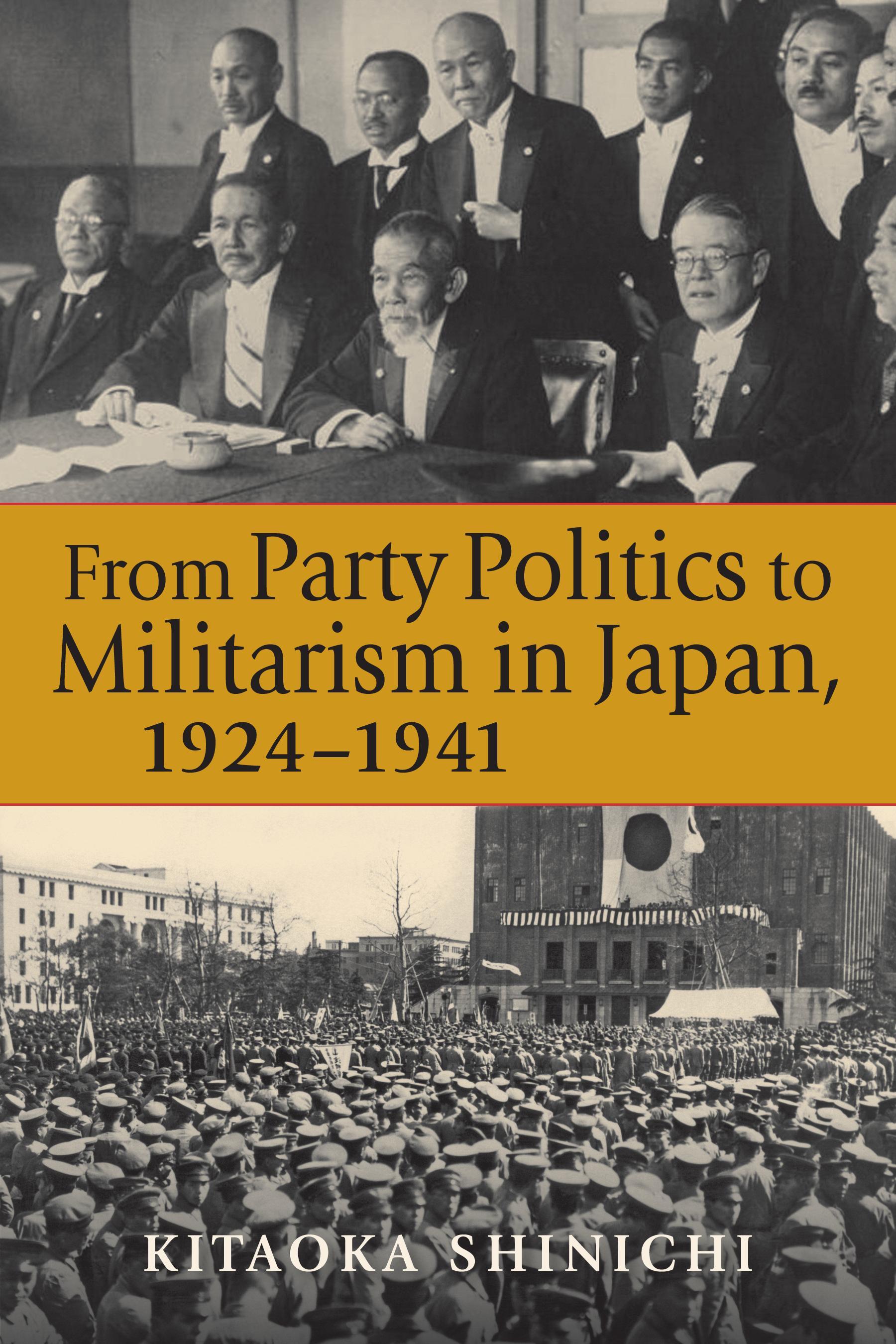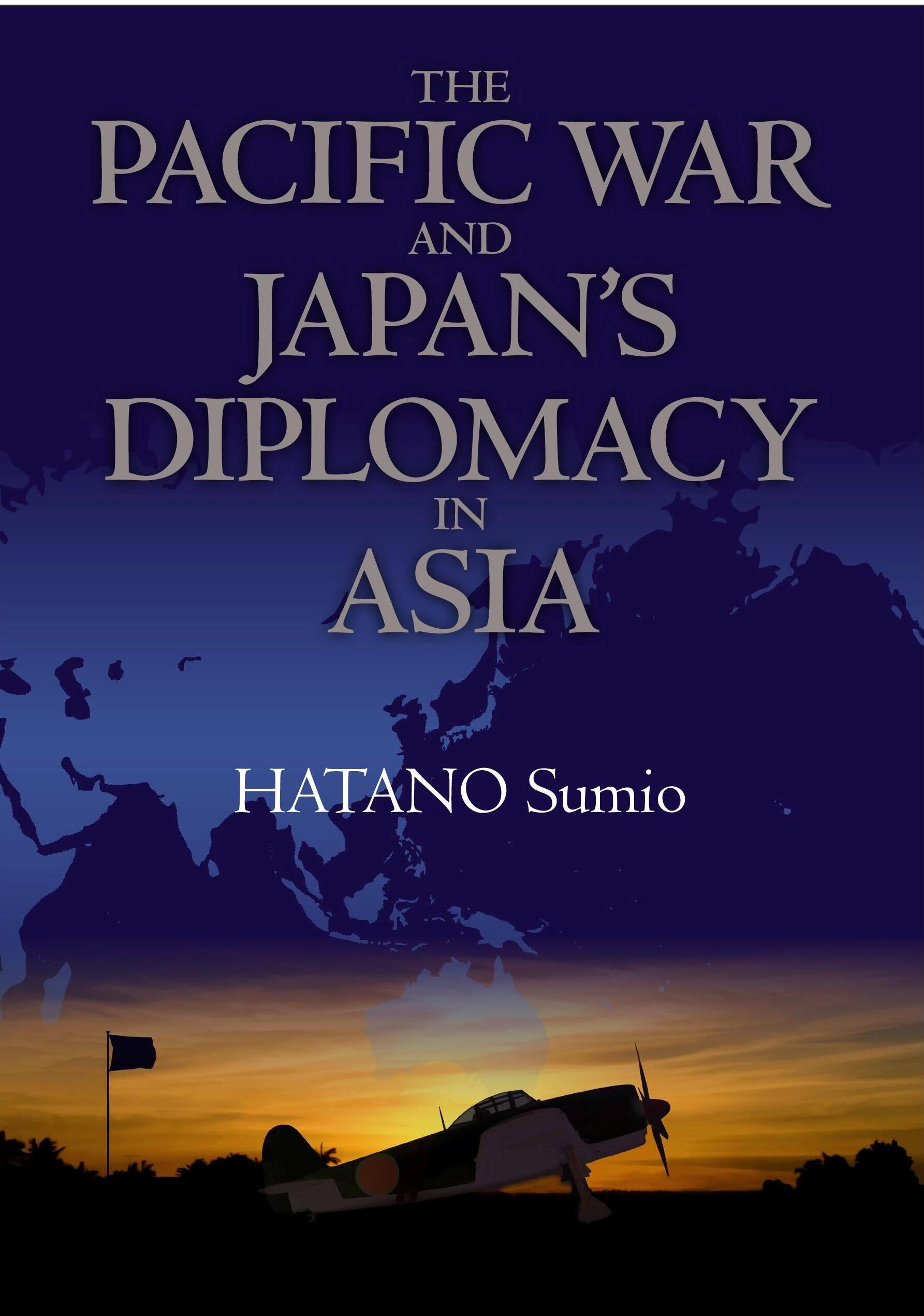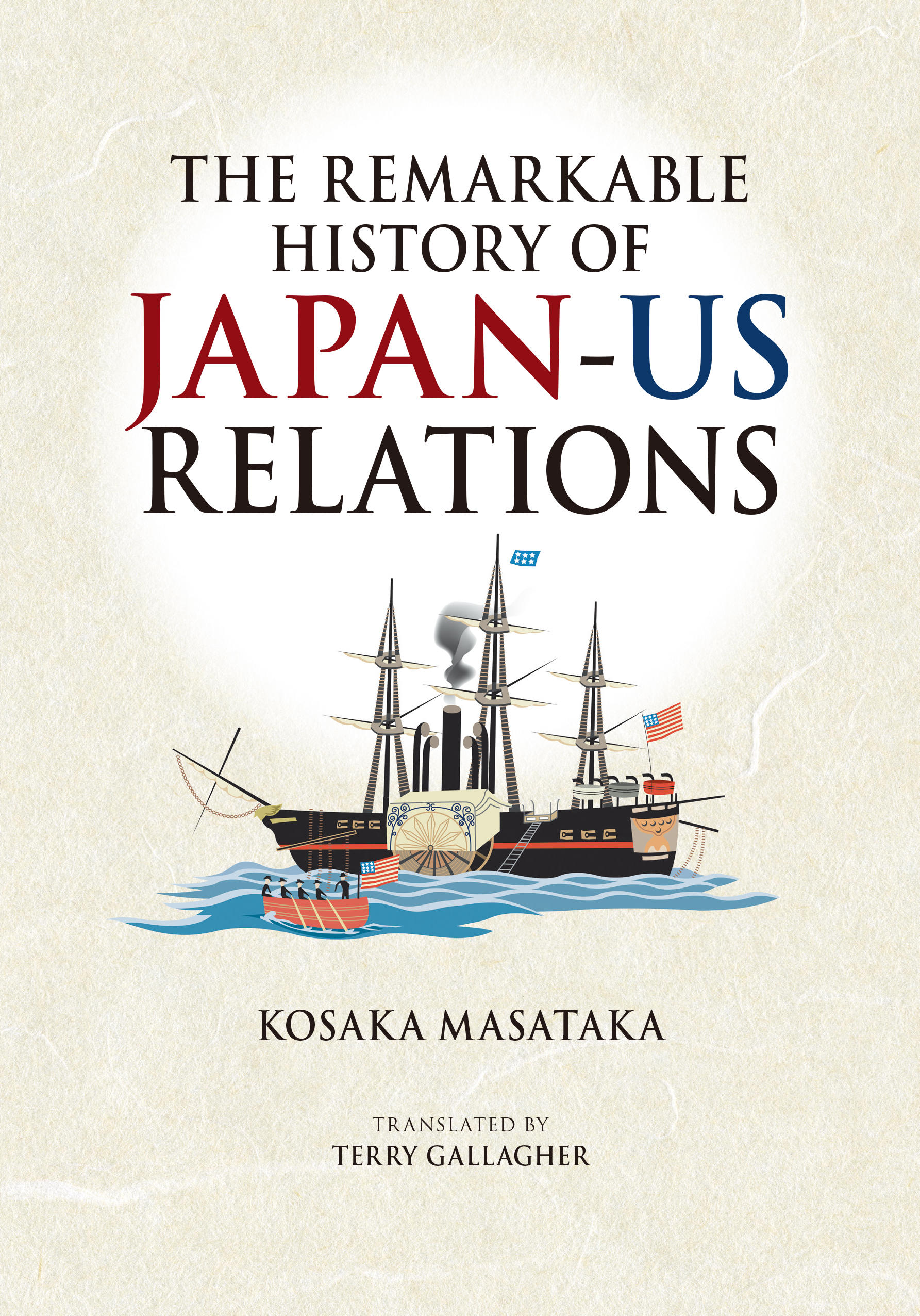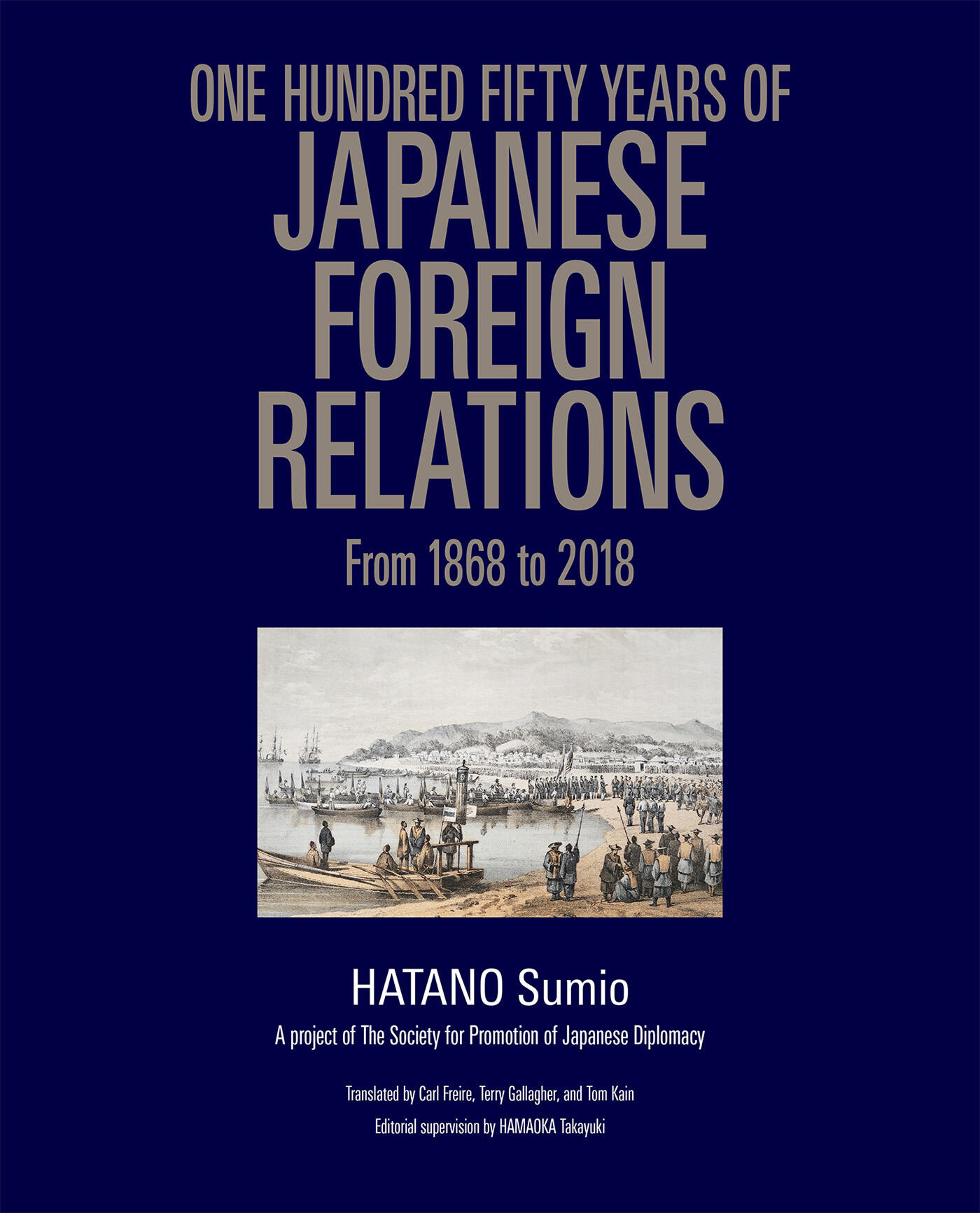Why did Showa Japan rush to war? Where did Japan fail? This compilation of the most up-to-date studies by 15 leading Japanese historians tries to find answers to these questions. Each chapter contains a list of selected reference books with brief annotations for the benefit of readers who wish to study more about the subject. The fifteen chapters offer nuanced understanding of prewar Showa history that challenges stylized discourse about Showa Japan prevalent in recent historiography.
1. The Washington Treaty System and Shidehara Diplomacy
―Watanabe Kota
2. Enactment of the General Election Law and the Beginning of Democratic Politics
―Koyama Toshiki
3. From the Northern Expeditions to the Assassination of Zhang Zuolin
―Iechika Ryoko
4. London Naval Conference, Imperial Court, Political Parties, and the Imperial Japanese Navy
―Hatano Isamu
5. From the Manchurian Incident to Japan’s Withdrawal from the League of Nations
―Tohmatsu Haruo
6. The Emperor-as-Organ Theory Incident
―Shibata Shin’ichi
7. February 26 Incident and the Ultranationalist Movement in the Showa Era
―Tsutsui Kiyotada
8. The Marco Polo Bridge Incident: From the Signing of the Tanggu Truce to the Failure of the Trautmann Mediation Attempt
―Iwatani Nobu
9. The Deepening Quagmire of the Sino-Japanese War and the Declaration of a New Order in East Asia
―Tobe Ryoichi
10. The Nomonhan Incident and the Japanese-Soviet Neutrality Pact
―Hanada Tomoyuki
11. The Path to the Tripartite Alliance of Japan, Germany, and Italy
―Takeda Tomoki
12. The New Konoe Order and Reform Bureaucrats
―Makino Kuniaki
13. From the US-Japan Negotiations to the Outbreak of War
―Moriyama Atsushi
14. Emperor Hirohito’s “Sacred Decisions” and the Political Process of Japan’s Surrender
―Suzuki Tamon
15. The Occupation of Japan: The International Background behind the Policy of the United States toward Japan
―Iguchi Haruo

